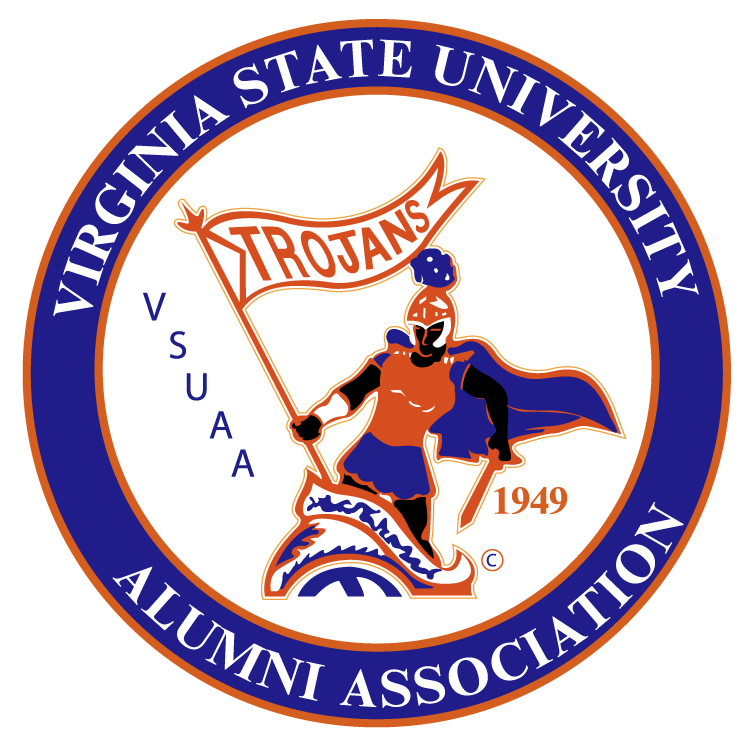Virginia State University is pleased to announce that HII’s Newport News Shipbuilding division has generously pledged $100,000 over five years to the university to establish the Newport News Shipbuilding Scholars Program. This program aims to provide financial assistance and mentorship to underrepresented students pursuing engineering and related degrees at VSU.
The Newport News Shipbuilding Scholars Program will provide much-needed support to students who may face financial barriers. The program will offer scholarships to cover educational expenses, as well as mentorship and internship opportunities with professionals in the engineering industry. This will help students achieve their academic goals and provide them with valuable experience and connections as they enter the workforce.











